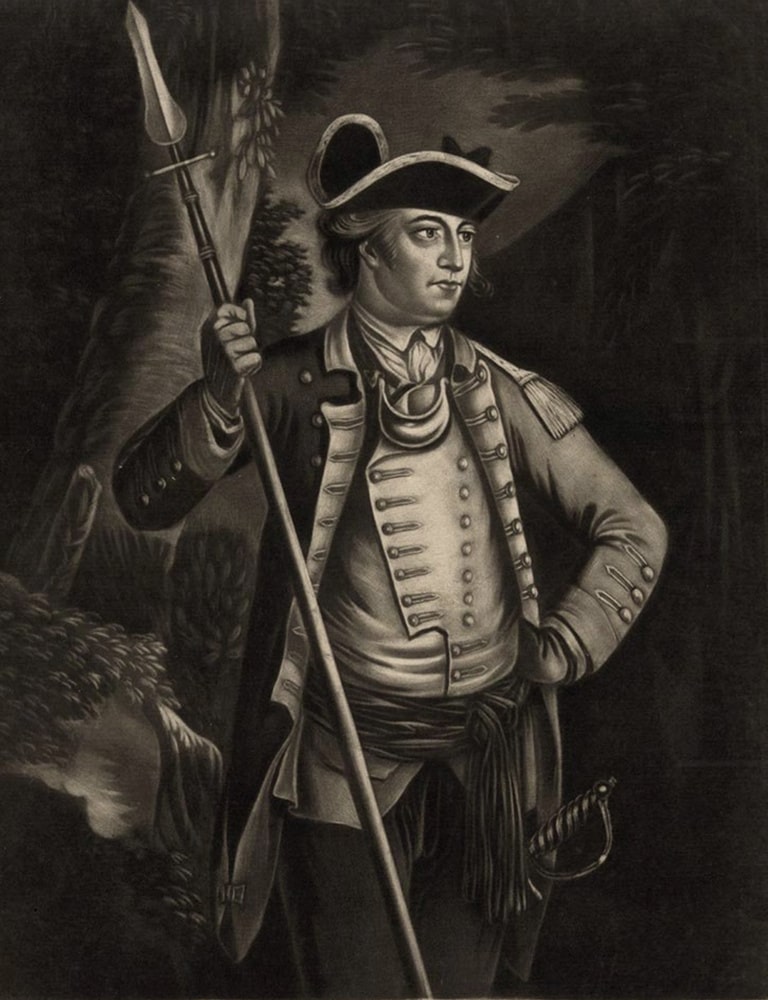Contents

Contents
Quick facts
- Born: 17 February 1740 in Somersworth, New Hampshire.
- John Sullivan was a general in the Continental Army during the American Revolutionary War and later served as a delegate in the Continental Congress, a federal judge, and the Governor of New Hampshire.
- He led the Sullivan Expedition in 1779, a significant military campaign against the Iroquois nations that allied with the British.
- Sullivan played a key role in several major battles of the Revolutionary War, including the Battle of Long Island and the Battle of Trenton.
- His leadership in the Battle of Trenton was particularly noted for its boldness and was instrumental in the stunning American victory there.
- Despite his military successes, Sullivan faced criticism for his leadership during the Battle of Brandywine and the failed Canada campaign.
- Died: 23 January 1795 in Durham, New Hampshire.
Biography
John Sullivan, American soldier and political leader, was born in 1740 at Somersworth, New Hampshire.
He studied law in Portsmouth and practiced at Berwick, Maine and at Durham, New Hampshire. In 1774 he was a member of the New Hampshire Provincial Assembly and a delegate to the First Continental Congress. He was also a delegate to the Second Continental Congress in 1775.
Commissioned a major in the New Hampshire militia in 1772, he and John Langdon led an expedition which captured Fort William and Mary at New Castle on 15 December 1774.
Sullivan commanded a brigade during the Siege of Boston and was appointed brigadier general in the Continental Army in June 1775.
In June 1776 he took command of the American army in Canada and after an unsuccessful skirmish with the British at Three Rivers (8-Jun-1776) retreated to Crown Point, New York. Rejoining Washington‘s army in New York and promoted to major general, he served under General Israel Putnam in the Battle of Long Island and was taken prisoner (27-Aug-1776).
In December he was exchanged.
Succeeding General Charles Lee in command of the right wing of Washington’s army, Sullivan led an attack on the Hessians at the Battle of Trenton (26-Dec-1776) and led a night attack against British and Loyalists on Staten Island (22-Aug-1777). In the Battle of Brandywine (11-Sep-1777), he again commanded the American right. A few weeks later he took part in the Battle of Germantown (4-Oct-1777).
In March 1778 he was placed in command in Rhode Island, and in the following summer plans were made for his cooperation with the French fleet under Comte d’Estaing in an attack on Newport — which came to nothing. After a brief engagement (Aug. 29) at Quaker Hill, at the north end of the island of Rhode Island, Sullivan was obliged to retreat.
On 29 August 1779, Sullivan and about 4,000 troops, defeated the Iroquois and their Loyalist allies at Newtown (now Elmira), New York. The Americans burned their villages and destroyed their crops and orchards. Severely criticized for his conduct as leader of the expedition, he nonetheless received the thanks of Congress in October 1779.
In November Sullivan resigned from the army but continued to be politically active. He again became a delegate to the Continental Congress (1780—81), then attorney general (1782—85), and president of New Hampshire (1786—87 and 1789). In June 1788, he presided over the New Hampshire convention that ratified the United States Constitution.
In 1789 he became U.S. District Judge for New Hampshire — a position he held until his death in 1795.

